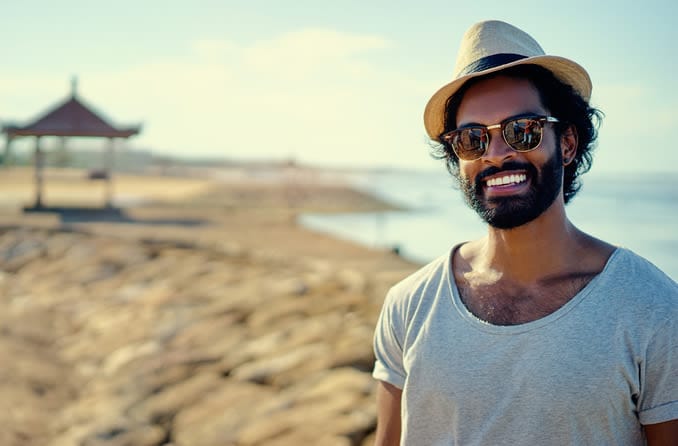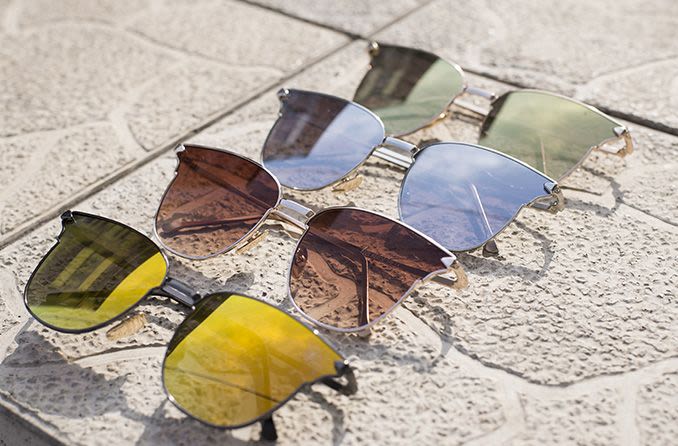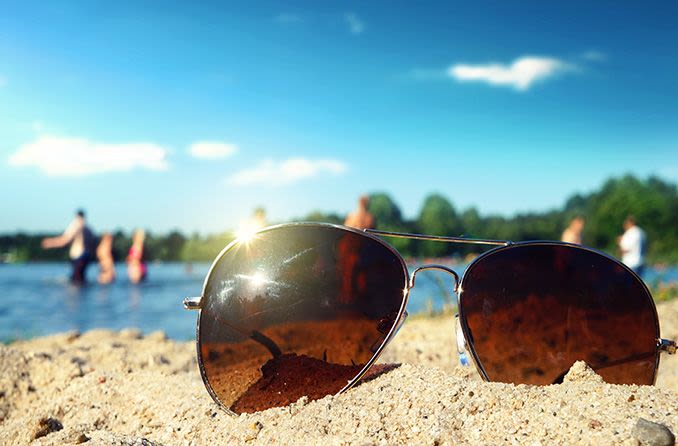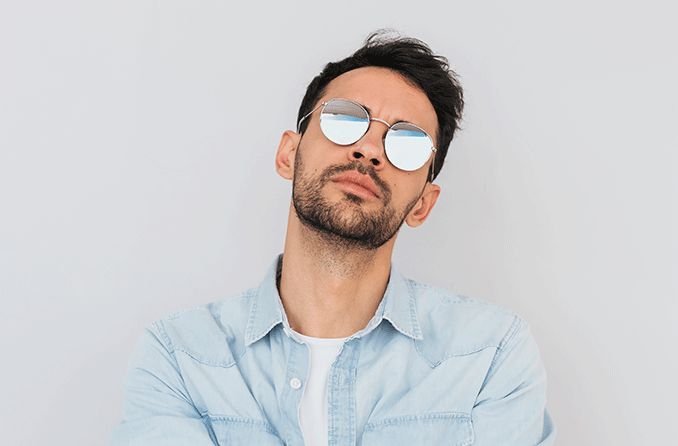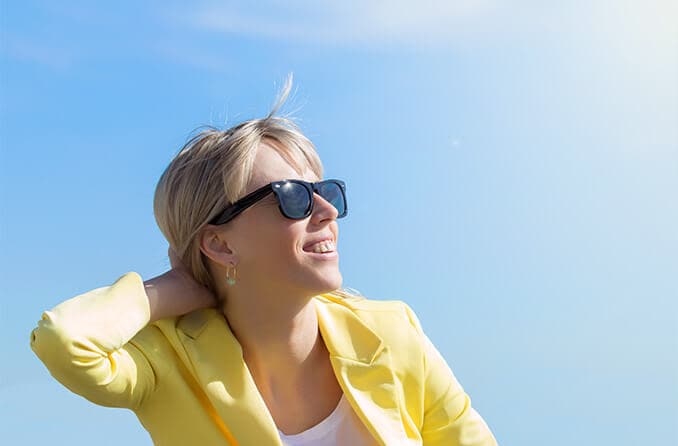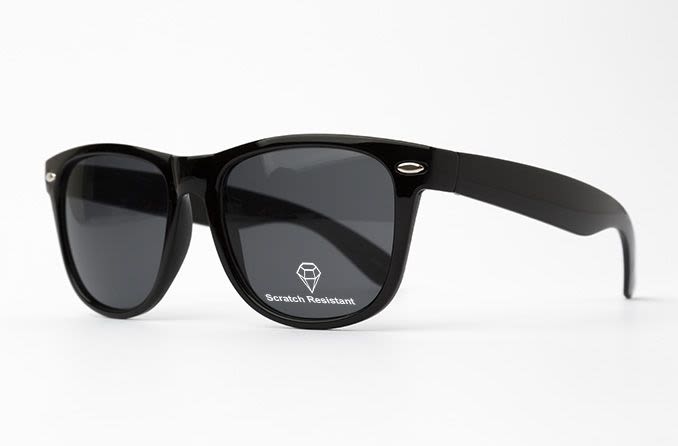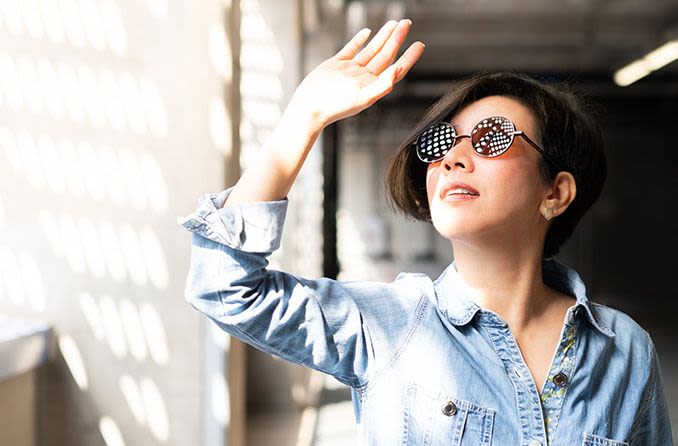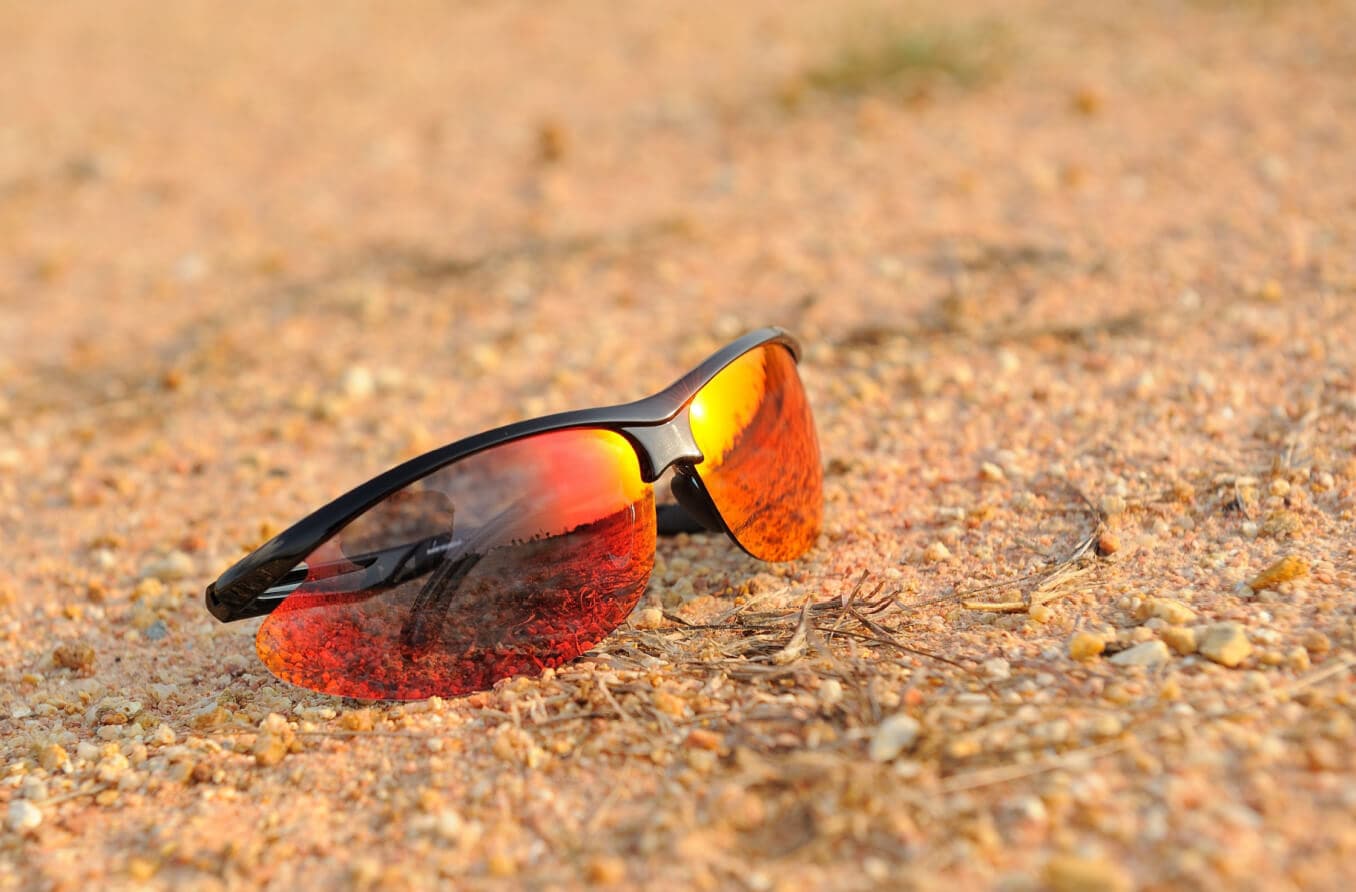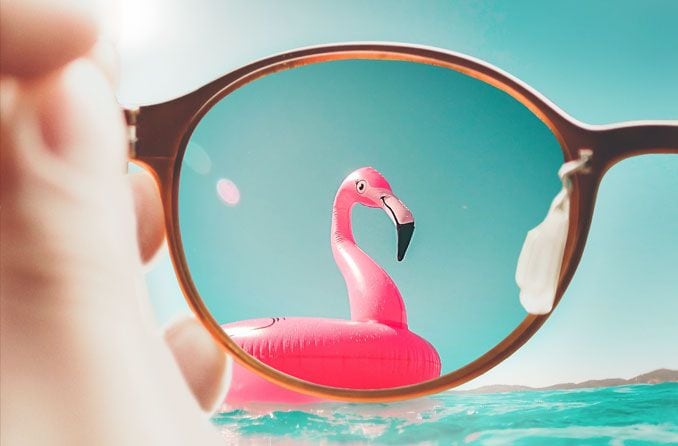You should already know that the best way to protect your eyes from the sun’s damaging ultraviolet (UV) rays is to wear sunglasses when outside, but just how much UV protection do you need?
The answer lies within the numbered rating, and the highest UV protection rating offered is UV 400.
According to the American Academy of Ophthalmology, you should choose sunglasses that block 99% to 100% of UVA and UVB rays, and UV 400-protected sunglasses do this.
What UV level should sunglasses be?
The higher the rating, the better, so look for sunglasses labeled UV 400, which provides nearly 100% protection from harmful ultraviolet light rays.
UV 400 protection lenses block wavelengths up to 400 nanometers. They also screen out 75% to 90% of visible light from the sun, which penetrates the Earth’s atmosphere and reaches your skin and eyes in the form of UVA and UVB rays.
This high level of sun protection is important because your risk of developing eye conditions — such as macular degeneration, cataracts and photokeratitis — will increase more rapidly over time if you don't wear the proper sunglasses.
How good is UV protection on polarized sunglasses?
While polarized sunglasses are beneficial in protecting your eyes from blinding glare, they don’t always offer the best protection from damaging UV rays. That's why polarized lenses and UV protection are paired in most sunglasses.
How polarized sunglasses work: Polarized sunglass lenses use a special filter to block glare, such as intense light reflected off shiny surfaces like water and snow.
Because polarized sunglasses help improve visibility and reduce discomfort caused by glare, they are often recommended for water sports and winter activities.
But while polarized sunglasses are beneficial in protecting your eyes from blinding glare, they don’t always offer the best protection from damaging UV rays.
For example, many less expensive polarized sunglasses do not provide adequate UV protection. So, when choosing polarized sunglasses, look for a pair clearly labeled UV 400 or 100% protection from UV rays.
Why UV protection is important
The damage to your eyes and skin from the sun’s UV radiation is cumulative, meaning your risk for developing sun- and UV-related eye and other conditions will continue to grow throughout your lifetime.
Children are at greater risk for eye damage from the sun’s rays because they are outside more than adults. Kids are also more susceptible to eye damage because the lenses inside their eyes are more transparent than those of adults. As a result, UV rays can penetrate deeper into their eye.
But because damage from UV exposure in childhood often doesn’t show up until you’re in your 40s (or later), it’s crucial to ensure you use UV 400 sunglasses throughout your life to protect your eyes from permanent damage.
SEE RELATED: UV Light
How can I tell if my sunglasses have UV protection?
Unfortunately, it’s not easy to tell if your sunglasses have UV-protection lenses just by looking at them. Nor can you distinguish the amount of protection based on the lens color, as lens tints have nothing to do with UV protection.
Your best bet is to take your shades to an optical store. An optician can run a simple test on your sunglasses to determine the level of UV protection, and he or she will usually do the test for free.
When in doubt, you may want to buy a new pair of sunglasses that offers the highest level of UV protection: 100% protection against UVA and UVB rays, or UV 400. Any reputable retailer will provide accurate labeling on sunglasses, so you should be able to spot whether the pair you want offers maximum UV protection.
SEE RELATED: National Sunglasses Day
SHOPPING FOR SNAZZY SHADES TO PROTECT YOUR EYES? Shop for UV 400 sunglasses at an optical store near you or an online eyewear retailer.
